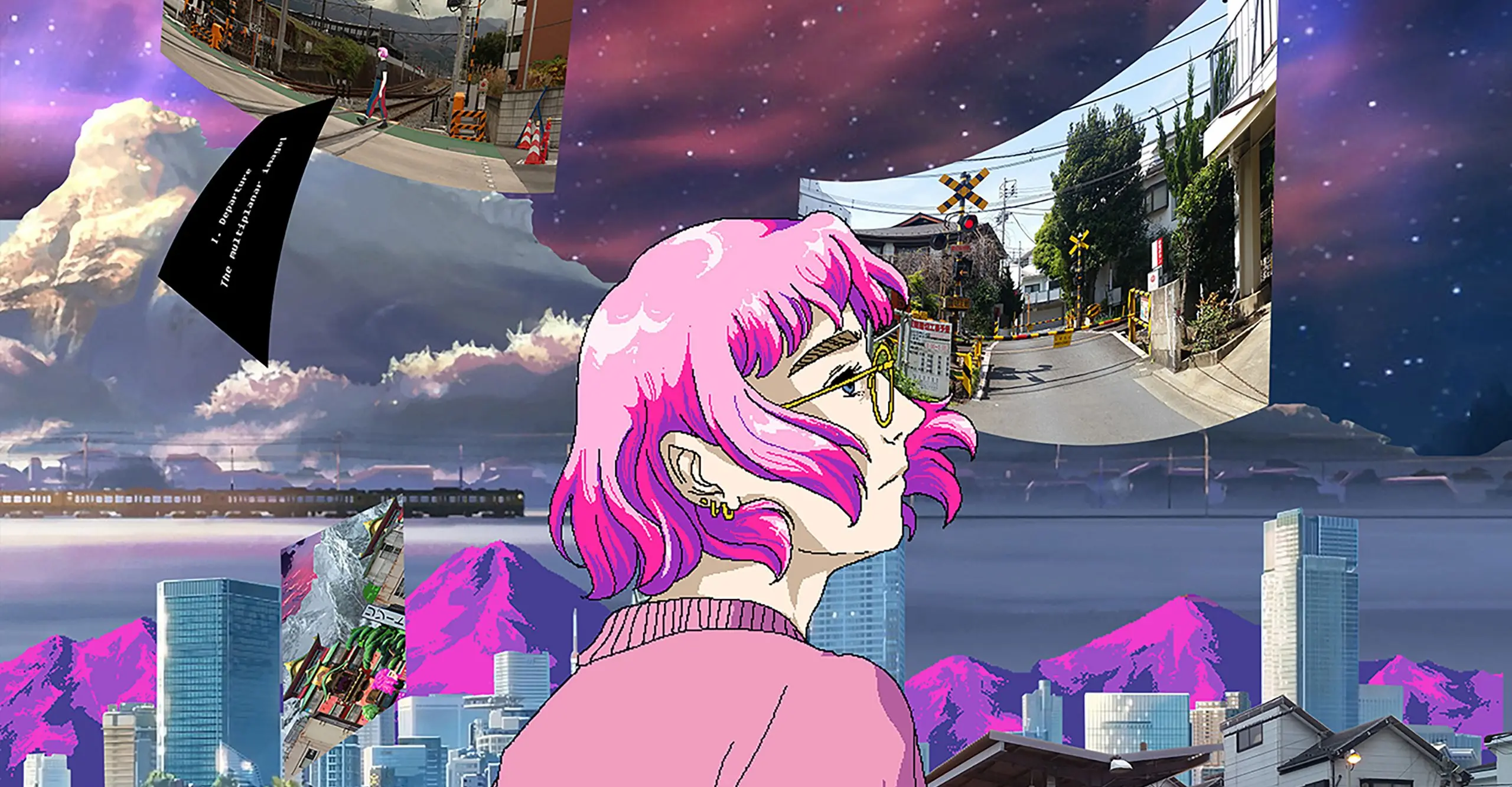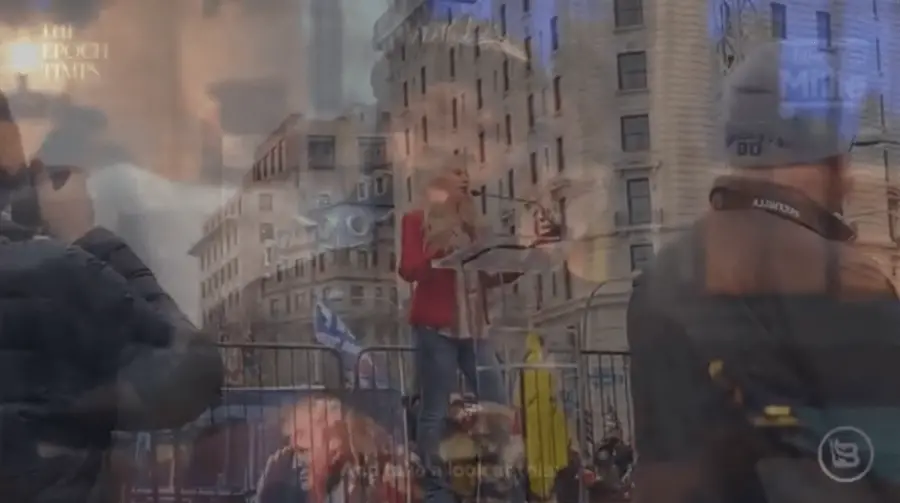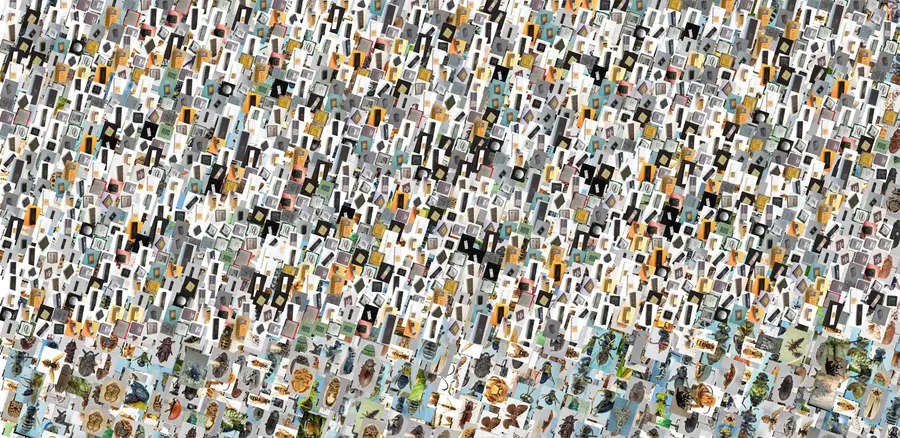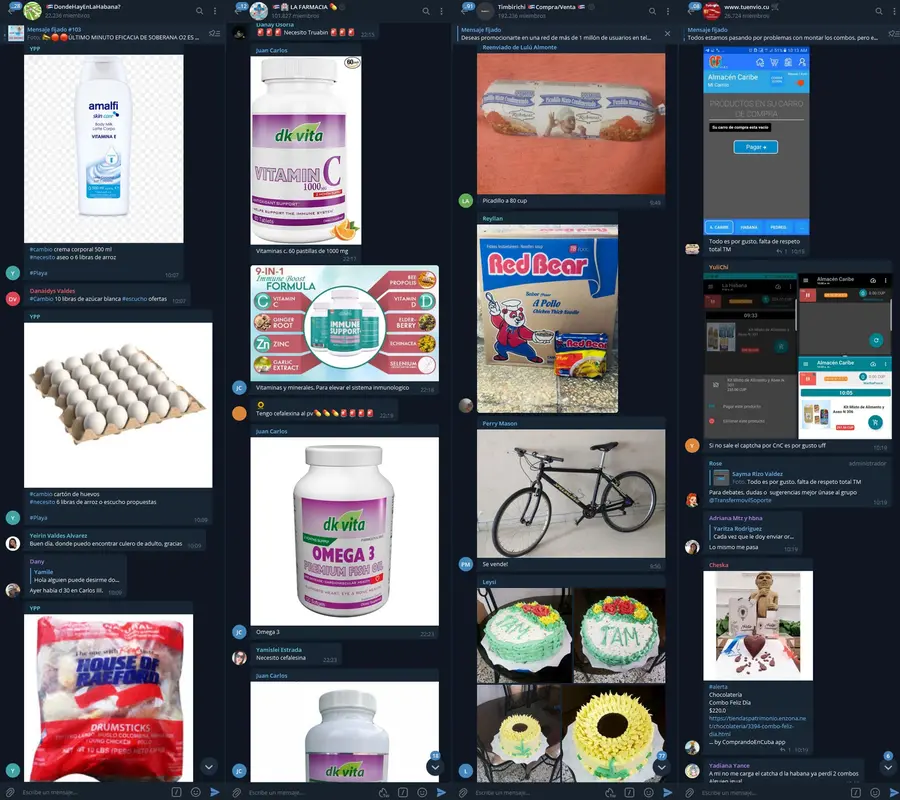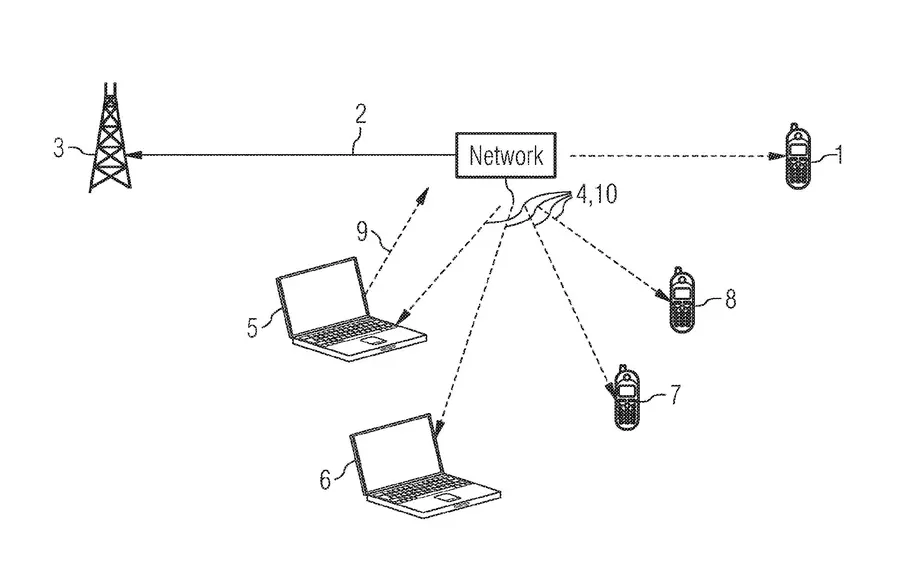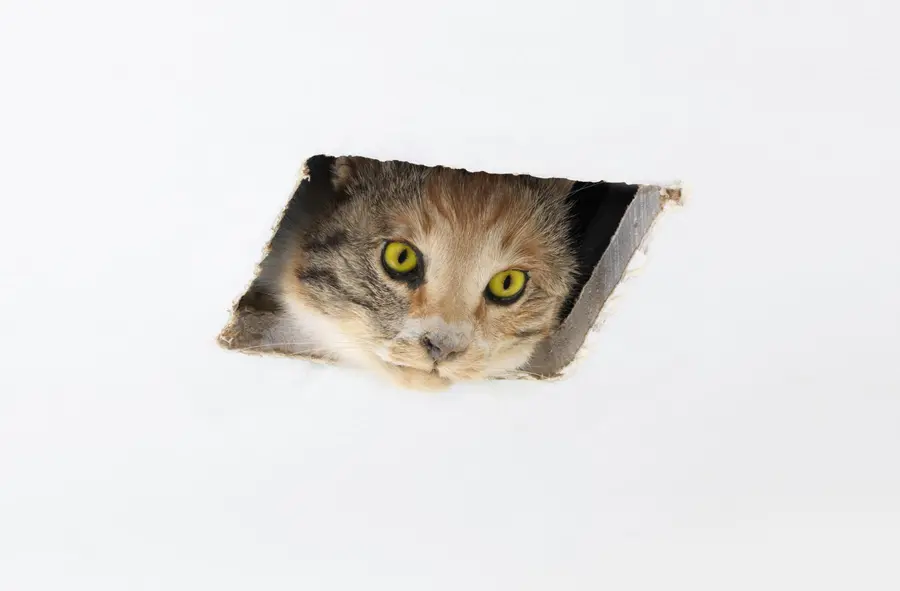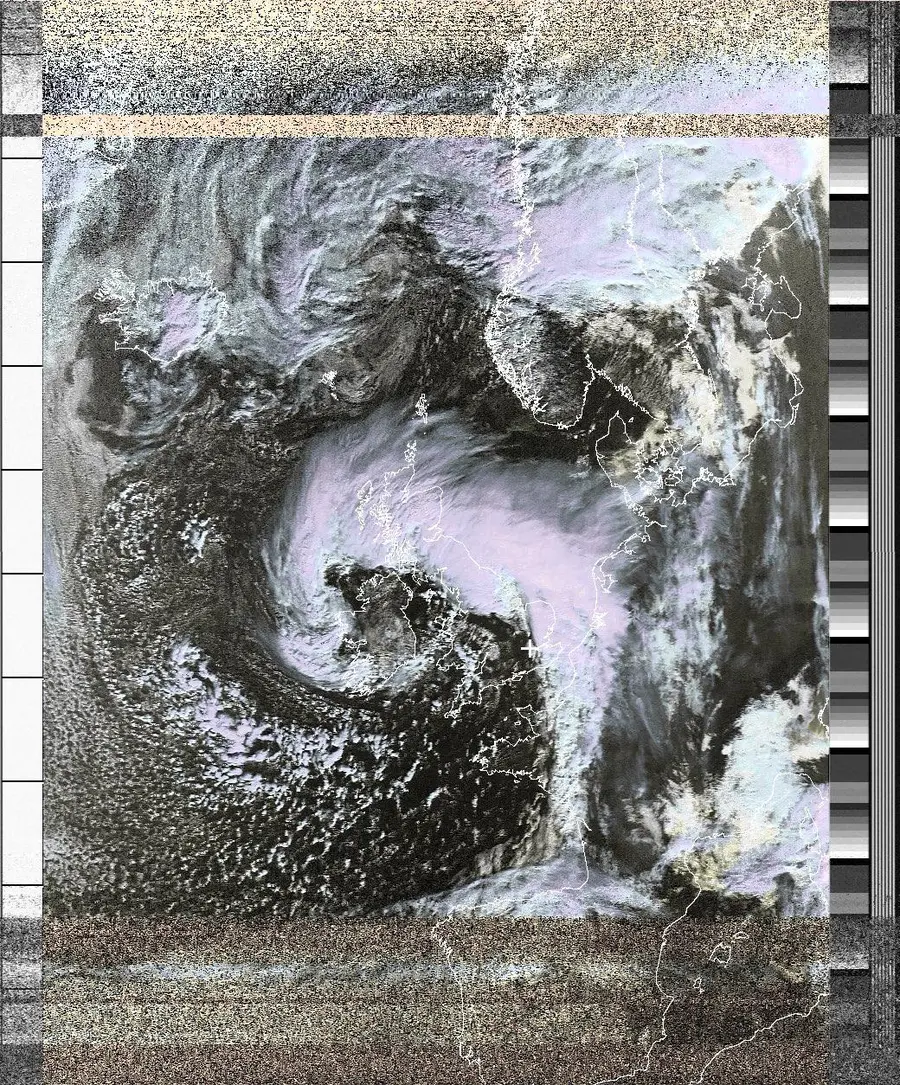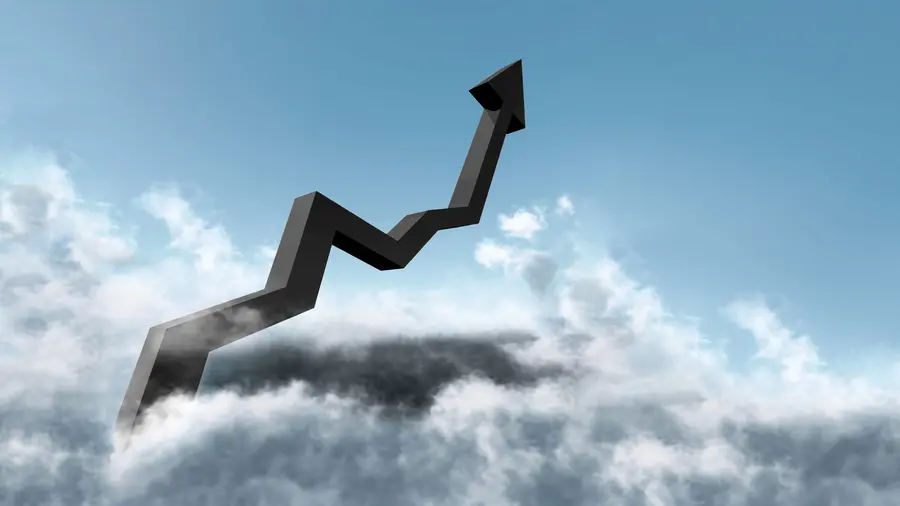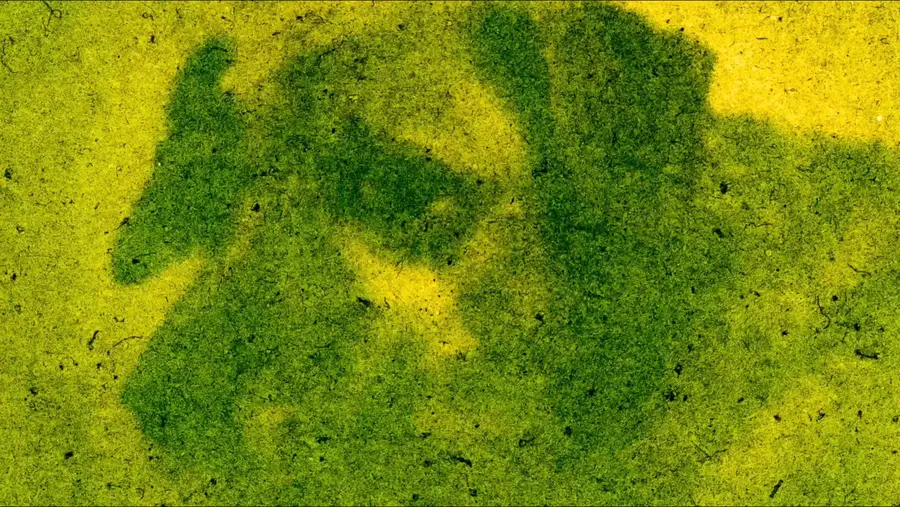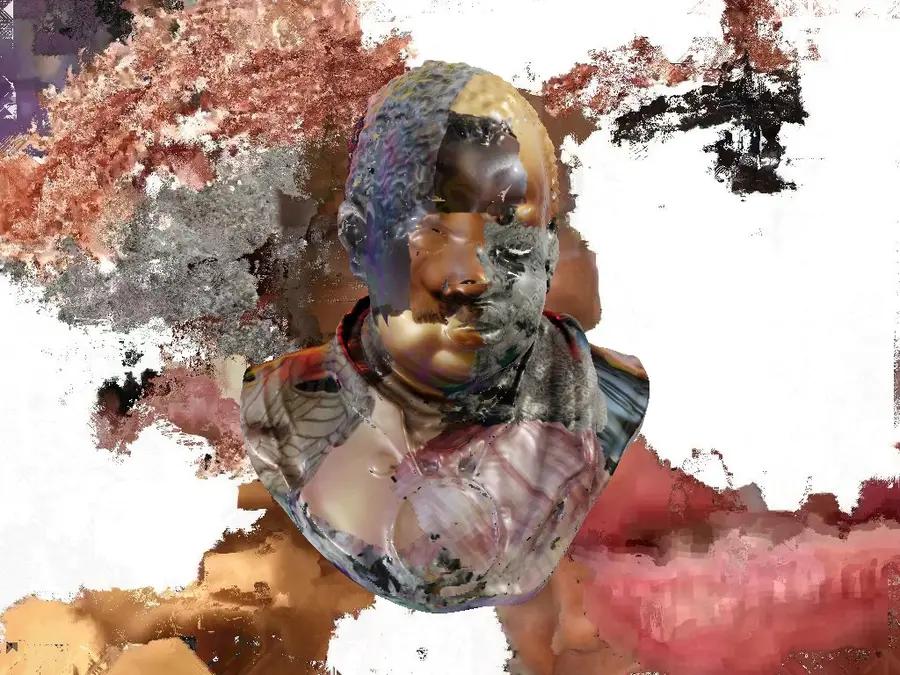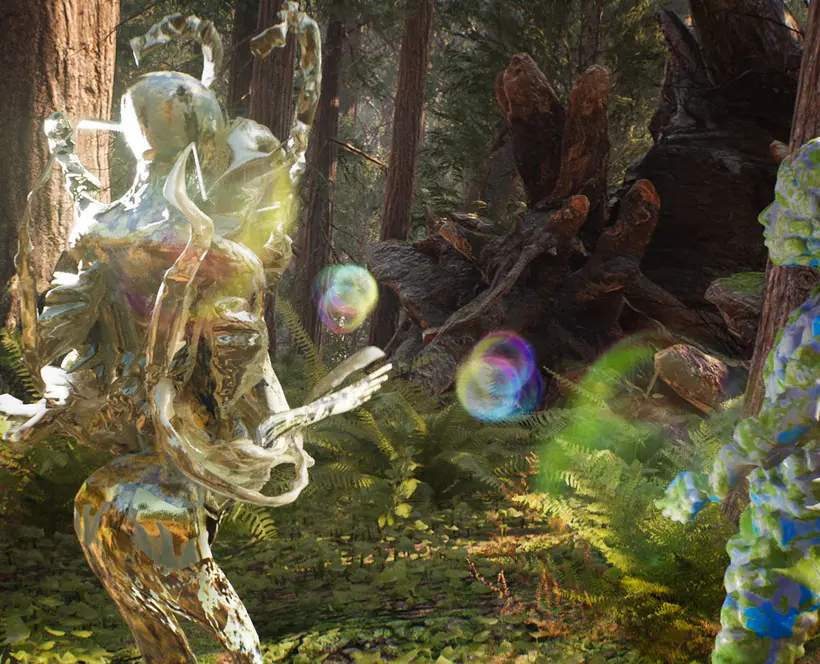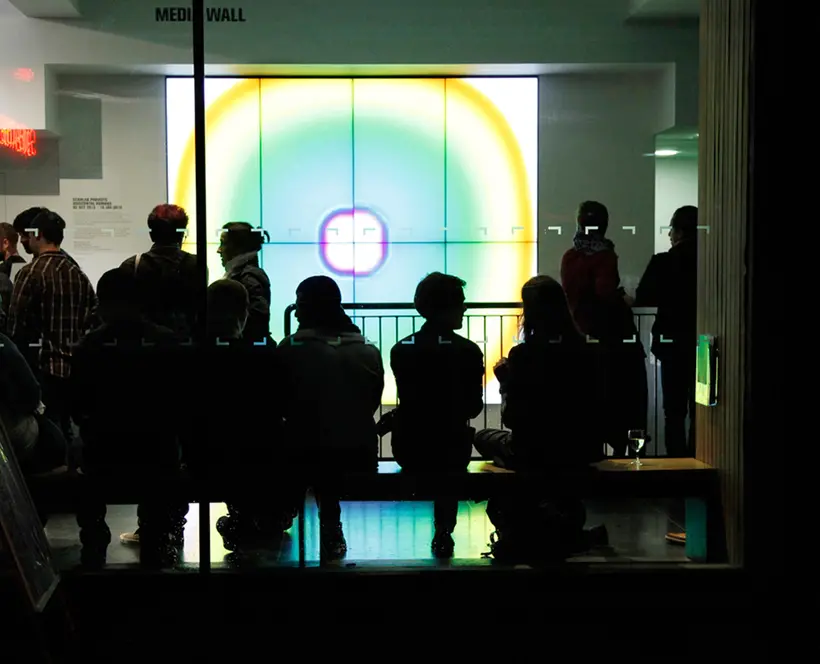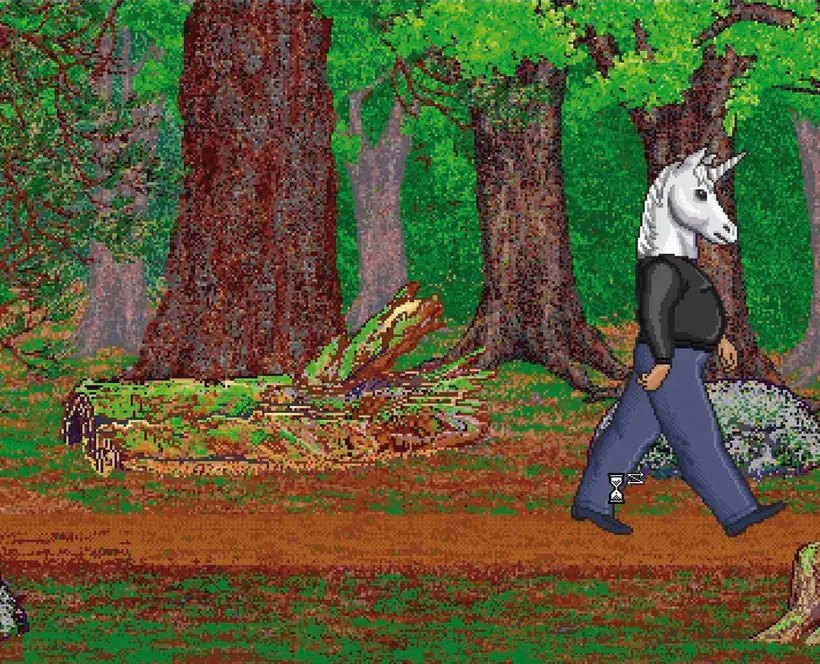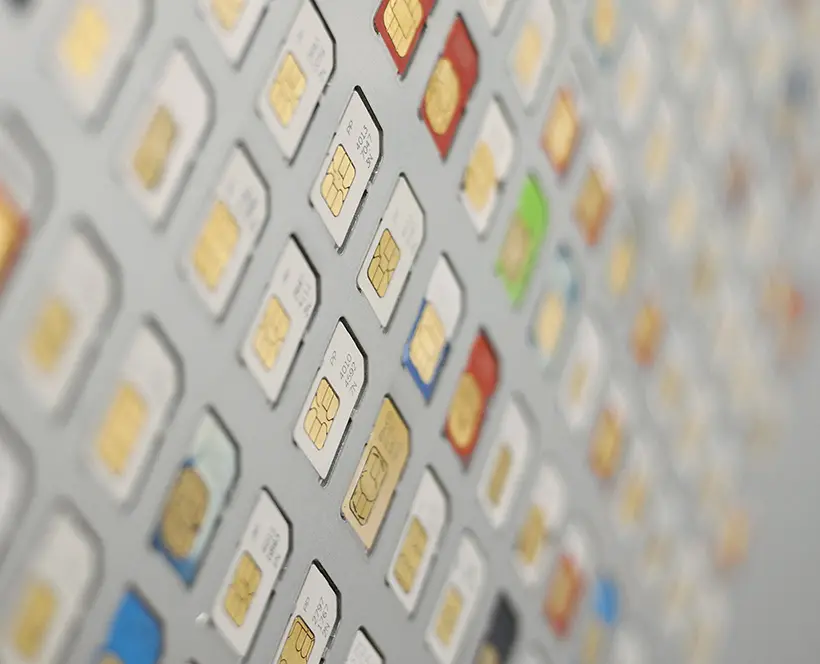Within the Terms and Conditions, Caroline Sinders
The programme on the Media Wall and online continued with Caroline Sinders - Within the Terms and Conditions, a documentary art project for Imagin(in)g Networks documenting conspiracy theories, hate speech, misinformation and disinformation on major platforms. The work questioned what is allowed to be online, stay online and spread online? And, who decides what is harmful, and when that content should be removed?
View the work here